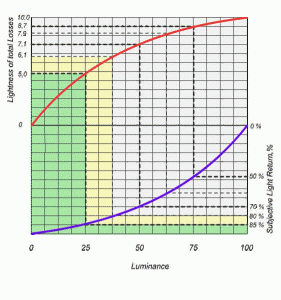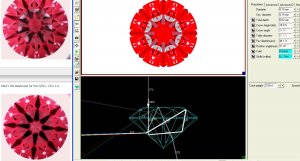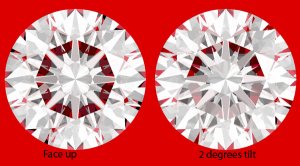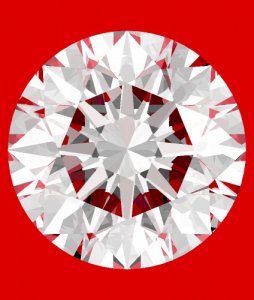- Joined
- Apr 30, 2005
- Messages
- 42,064
There you go Triple, an experts advice and from the creator of the HCA to boot!Date: 7/1/2009 9:06:41 PM
Author: Garry H (Cut Nut)
When you looked at the stones it is helpful to hold them so minimal light can enter the pavilion - if they are in tweezers this masks the leakage effect.
My experiance is that the E will show dull zones when it is dirty.
But in this case it is being helped by painting - which is an effect that you can read about by searching for Eight star 8* and ACA new line - so the HCA score is probably effectively closer to around 3.








300x240.png)